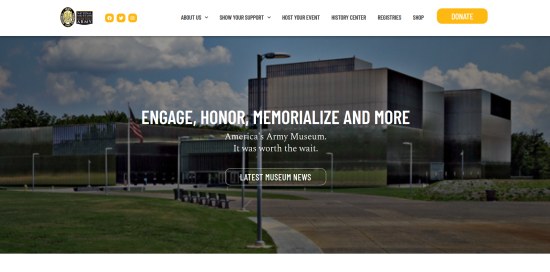USS Monitor had a fairly short lifespan, but even in this short amount of time was in the hands of the yards at least twice. Even with all the modifications, USS Monitor is a relatively easy model to paint. Everything above the water line is iron - so black is called for everywhere. However - as the included painting guide points out - black rarely survived as black for long once exposed to the elements. Some weathering - bleaching of the black with gray, and the corrosive effects of rust - are in order.
Priming the Model
The model was primed with white gesso. I applied a moderately thick coat of gesso using a large brush. Gesso takes a good day to thoroughly dry, so I set the model aside for the night. Don't worry too much about brush lines, as the gesso tends to shrink upon drying and the brush lines disappear.
Painting the Model
This should be the easiest model in the world to paint - almost every part is painted black. However (as the instructions point out), black rarely survives for long in service.
To start, I applied a coat of black paint to everything - hull and turret. I used FolkArt 479 Pure Black from the local craft store. I paid particular attention to saturate the black paint around the gun ports and guns. Guns would be constantly cared for, and are mostly out of the elements. Keeping the port dark also adds some depth to the interior.

The deck sees the most sun (and salt water), so it tends to bleach out first. Looking for a good light gray, I fished out a bottle of Vallejo 907 Pale Blue Gray. I applied a fine layer of drybrushing to the hull surfaces, including the stack and the pilothouse.
Trouble on Deck!
While applying the gray, I managed to lay down a splotch on the starboard deck, just forward of the turret. Way too gray. So, I applied some water and attempted to dilute the paint. No luck. I tried rubbing my finger across it in an effort to loosen the paint. That worked… too well! I managed to take the underlying black paint and primer off and exposed the bare metal of the hull. D'oh!

Turning back to the black paint, I applied a small amount to the site of the incident, and set the model aside to dry… again. (If you've noticed a trend here, the model spends a lot of time drying between short periods of work.) Returning the next day, I found the paint had dried. It blended well with the surrounding areas, and with a little drybrushing, it was complete.
The last act of assembly involved adding the national colors. The kit comes with a flagstaff and a flag. Based on period pictures, the flagstaff is approximately as tall as the turret. I had to cut down the brass rod that was provided. I gave the brass a quick coat of Vallejo Buff.
I like my flags to be fighting the wind and gravity. To get a more natural effect, I crinkled the flag, rolled it around a paintbrush shaft, and bent down the corners. Basically, anything I could do to take the starch out of the paper! I then coated the flag with white glue, and slapped it around the flagstaff.
Painting the Base
For a watery effect, I tried to build up a look that simulates watery depth. I did this by starting with a dark greenish color (in this case, Howard Hues 1049 Dark Turquoise). Once that dried, I laid down a wash of a lighter green (Vallejo 70833 German Camouflage Bright Green). Again, allow the paint to dry. Next, I applied a thin wash of a tannish color to lighten and give the impression of shallows (Vallejo 70976 Buff). Set this aside, and allow it to thoroughly dry.

I didn't model extreme waves or wakes on the base, so I've omitted using gloss white to highlight the breaking waves.
Of course, water should have a wet look! I achieve this using gloss matte finish. My preferred medium is Floquil Polly S gloss matte. However, I discovered that my current bottle had dried up. Off to my FLGS - The Krystal Keep! After consulting with one of their talented staff, I returned home with a bottle of Vallejo Gloss Varnish (510).

I brushed on a thin layer of gloss, and allowed this to dry. Then I repeated this process. The multiple layers add to the perception of depth.
On a low freeboard ship such as the Monitor, water often broke over the deck. I slopped a little gloss matte over the bow to model this effect.
Sealing the Paintjob
All this work needs to be protected from the greasy fingers of gamers! I grabbed my can of Krylon flat matte finish. A couple of coats of the flat matte sealed the paintjob, and will allow it to stand up to the rigors of the tabletop.
It did, however, dull down the gloss water effect. After the Krylon dried, I applied one final layer of Vallejo Gloss Varnish to the base.
Images of the Completed Model








